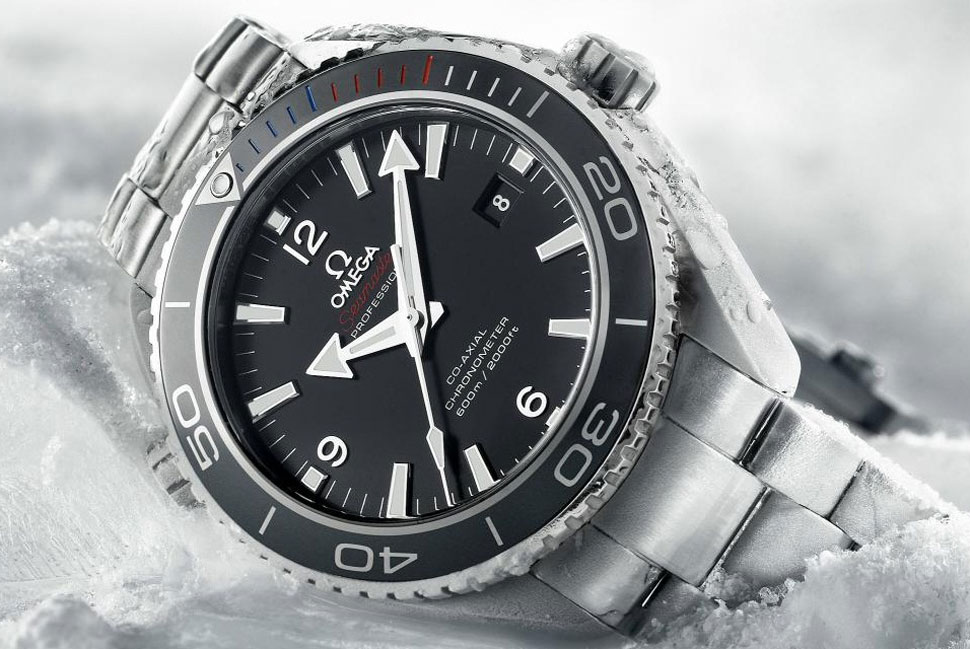The History of Omega Olympic Watches
Since the 1932 Olympic Games in Los Angeles, Omega has enjoyed a long and illustrious association with the greatest sporting event in the world.
Since that particular event over three quarters of a century ago, innovations such as the world’s first photo finish camera and the introduction of electric timing methods have characterised Omega’s continued contribution to the Olympic Games.
It is this continued commitment towards innovation in timekeeping which is the central reason why Omega knows who has claimed Gold before anyone else.
Louis Brandt was already a successful Swiss watch maker before his creations became popular all over Europe. After his death in 1879, his sons Cesar and Louis-Paul took over and moved production to a factory in Biel/Bienne. This was where the Omega brand was formed.
Since its inception, Omega has been synonymous with quality and innovation, which has led to the watch being chosen as the official timepiece for many groups and events.
Omega watches have been a part of numerous great moments in history. Chosen as the official watch of the UK’s Royal Flying Corp in 1917 and the US army in 1918, Omega watches are trusted for their efficiency and accuracy.
Perhaps this was why Omega was the watch of choice for many astronauts. Buzz Aldrin wore his Omega Speedmaster Professional Chronograph when he stepped out onto the lunar landscape in 1969, making Omega the first watch ever to make it to the moon.
Aldrin’s Speedmaster has since taken its rightful place as part of the legendary moon landing and is now on display at Washington’s National Space and Air Museum.
In more recent years, Omega has become synonymous with another legend. 1995 saw Omega watches cement their reputation in celluloid by becoming the only watch to be worn by James Bond.
Pierce Brosnan was the first Bond incarnation to wear an Omega creation, sporting a Seamaster Quartz Professional in Goldeneye.
Keeping Up To Speed
In 1932, Omega became the official watch of the Olympic Games and since then has held the honour on 25 separate occasions. This year, at the London 2012 Games, will be even more special for Omega as it marks the 80th anniversary of its Olympic debut.
Timekeeping technology has come a long way in the last 80 years and Omega now use a number of highly advanced methods to keep time during Olympic races. Today, races and events are timed to the nearest millisecond by multiple timing devices; visual and numerical data is utilised to ensure the utmost accuracy.
To celebrate the 80th anniversary of their Olympic association, Omega is launching a spectacular Olympic Collection, with new watches for both men and women.
Now everyone can share in Omega with their Olympic Collection. Each watch in the range is a timeless classic, utilising the latest in timepiece technology.
All the watches in the Olympic Collection have a clever connection to the Olympic Games, like the Speedmaster 5 Counter which has five subdials that echo the shape of the Olympic rings; or the Omega Seamaster Planet Ocean Ladies watch, which features the Olympic rings on its second hand.
Omega’s Olympic association has helped cement its place in sporting history and the company continues to be one of the world’s most popular and innovative watchmakers.
